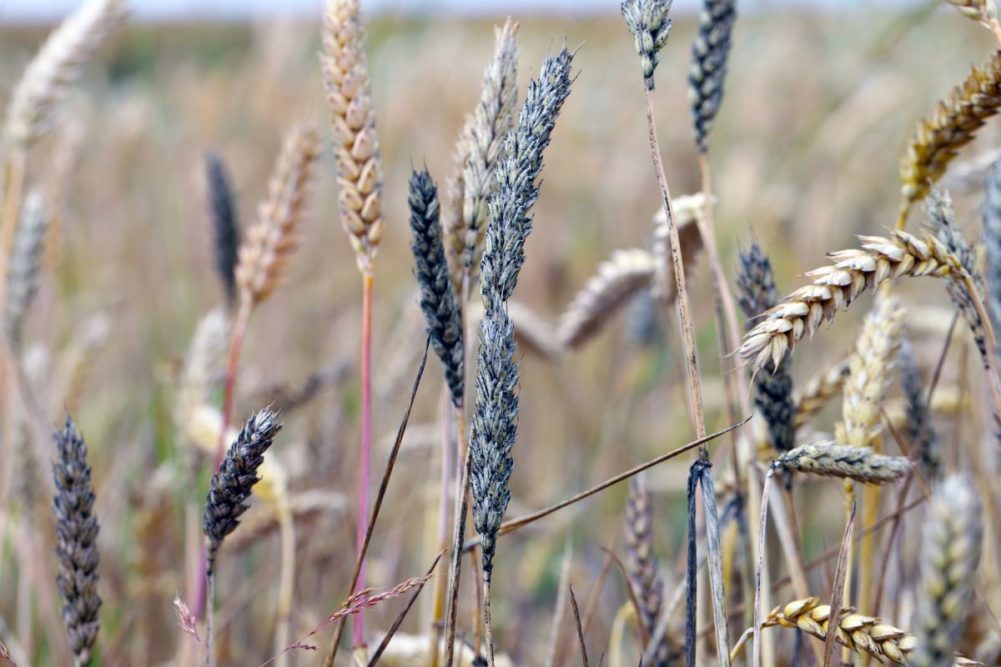EDMONTON, ALBERTA, CANADA — Mycotoxins may have met their match in the form of plasma — often called the fourth state of matter — which has been found by University of Alberta researchers to be an effective method to decontaminate grain spoiled by mold and boost seed germination.
Researchers treating wheat and barley grains with atmospheric cold plasma — a relatively low-temperature version of the typically superheated matter that makes up the stars — said they were able to lower the levels of harmful toxins caused by fungi that grow in warm, humid conditions and commonly infect grain.
The discovery “can provide the food processing and livestock feed industries with more effective, efficient ways to process grains that are safe for consumption,” said Ehsan Feizollahi, who led the research to earn his PhD in food science and technology.
Mycotoxins directly affect the health of human beings and animals while causing significant economic losses to the food and feed industries. It is estimated that 25% of agricultural commodities worldwide are contaminated with mycotoxins every year.
Plasma is a superheated state of matter along with solids, liquids and gases. It consists of a partially ionized gas, containing ions, electrons and neutral atoms. Atmospheric cold plasma contains highly reactive components that deactivate or reduce the toxins on the surface of the grains.
The researchers tested atmospheric cold plasma technology — one as an ionized gas and one as liquid — for its ability to reduce the number of mycotoxins (e.g., deoxynivalenol, zearalenone) affecting the cereal grains and oilseeds grown in western Canada, such as wheat, barley, canola and oats. Using plasma to decontaminate the grains lowered the levels of the two toxins by 54%, researchers said.
“As an emerging technology, cold plasma shows a lot of potential for reducing food safety risks,” said M.S. Roopesh, the professor who supervised Feizollahi’s work. “Ultimately, that means farmers could use more of their grain, so there’s less waste, and from the health point of view, humans and animals can consume the grain and not be affected by mycotoxins.”
The research was supported by funding to Roopesh from Results Driven Agriculture Research, Alberta Agriculture and Irrigation, the Alberta Canola Producers Commission and the Natural Sciences and Engineering Research Council of Canada.





